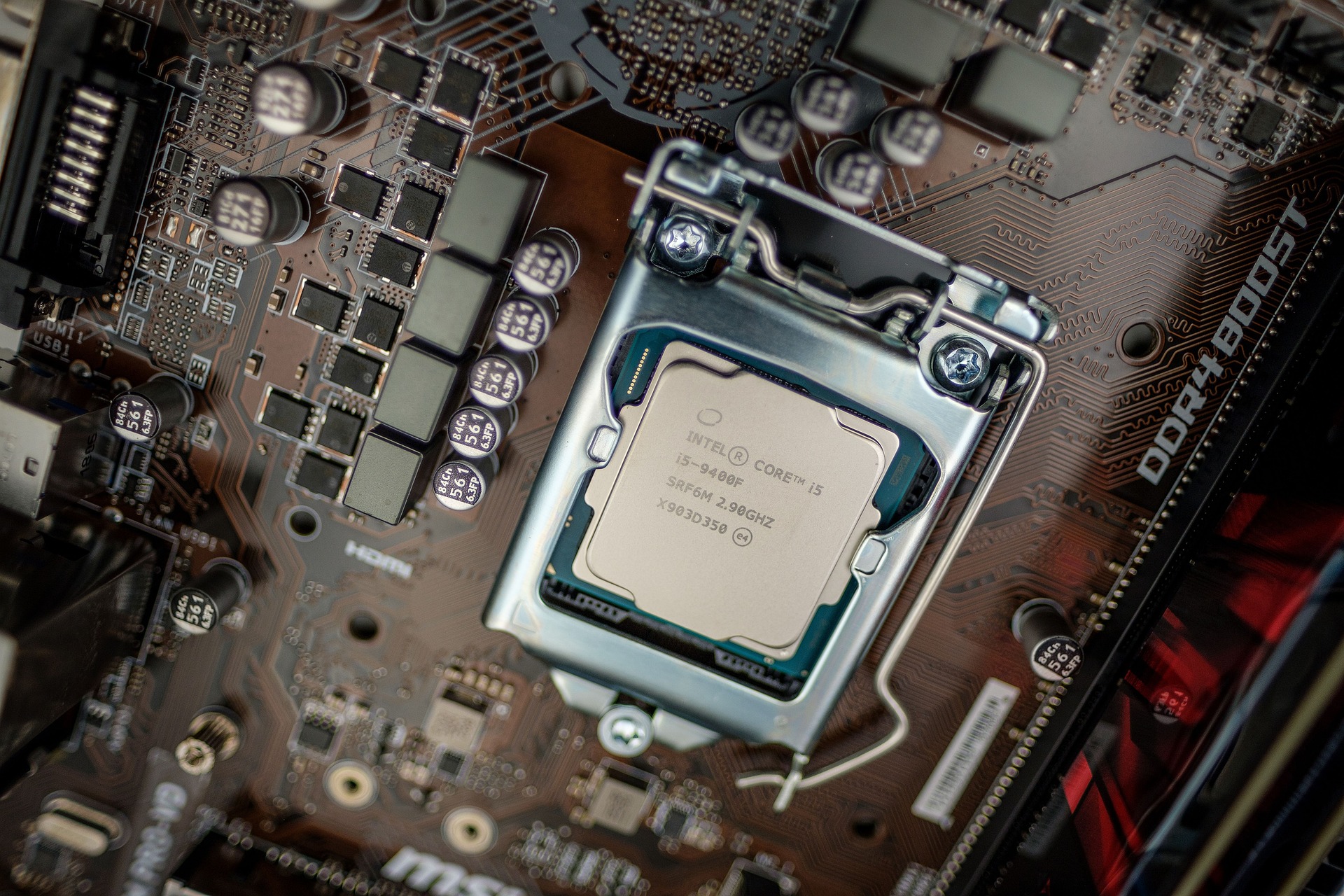
Electronics is an essential part of modern life, playing a critical role in the devices and systems that power everything from smartphones and computers to home appliances and automobiles. Whether you’re a hobbyist just starting out or someone looking to deepen your knowledge, understanding the basics of electronics is a key first step. In this blog, we will explore the foundational concepts that form the backbone of the electronics world, from components and circuits to signals and systems.
What is Electronics?
At its core, electronics is the branch of physics and engineering that deals with the behavior and movement of electrons. These tiny charged particles flow through conductors (like wires) and are used to create signals, power devices, and process information. Electronic devices manipulate these flows of electricity to perform useful tasks, such as amplifying sound, storing data, or transmitting information.
In essence, electronics refers to the study and application of components and systems that use electrical energy for various purposes.
The Key Components of Electronics
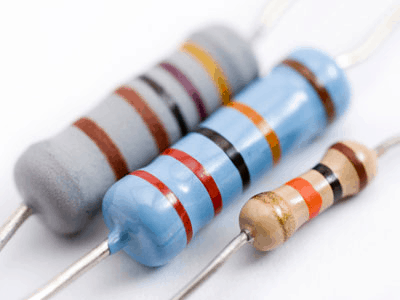
1. Resistors
A resistor is a basic electronic component used to limit the flow of electric current in a circuit. Measured in ohms (Ω), resistors come in various sizes and types, each designed for specific applications. By restricting current, resistors help protect sensitive components and manage power distribution in a circuit.
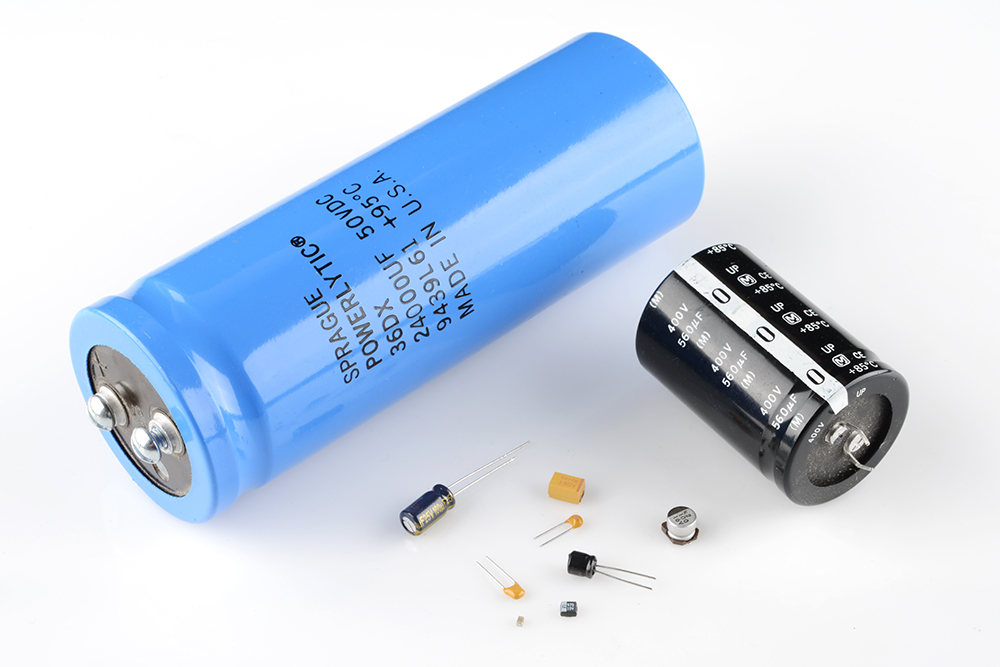
2. Capacitors
Capacitors store electrical energy and release it when needed. They are used in circuits to smooth voltage fluctuations, filter signals, and manage power supply stability. Capacitors are measured in farads (F), with smaller values being more common for most practical applications, such as in smartphones or televisions.
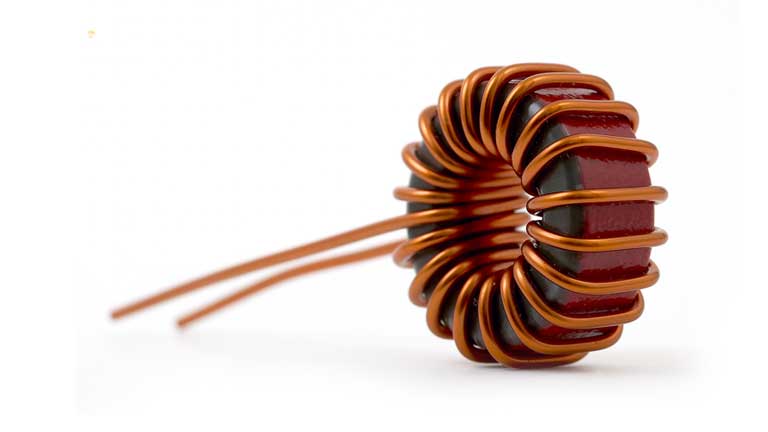
3. Inductors
An inductor is a coil of wire that creates a magnetic field when current flows through it. Inductors are used to filter signals, store energy, and manage voltage levels in various types of circuits, including radio-frequency circuits and power supply filters.
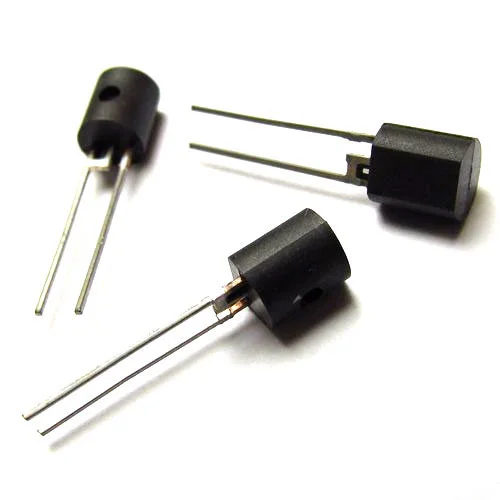
4. Diodes
A diode allows current to flow in only one direction, making it an essential component in controlling the direction of electric current in a circuit. Diodes are commonly used in power conversion (such as rectifying alternating current into direct current), signal modulation, and protecting circuits from power surges.
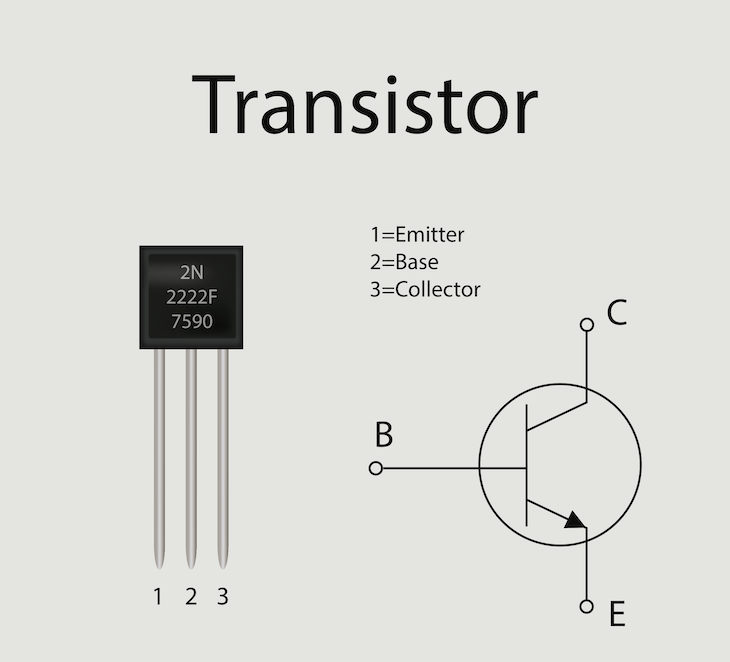
5. Transistors
Transistors are semiconductor devices used to amplify electrical signals and switch electronic signals on and off. They are the backbone of modern electronics, enabling the creation of integrated circuits (ICs) that are used in everything from microprocessors to memory chips. Transistors have revolutionized the electronics industry by providing smaller, faster, and more efficient means of controlling current.
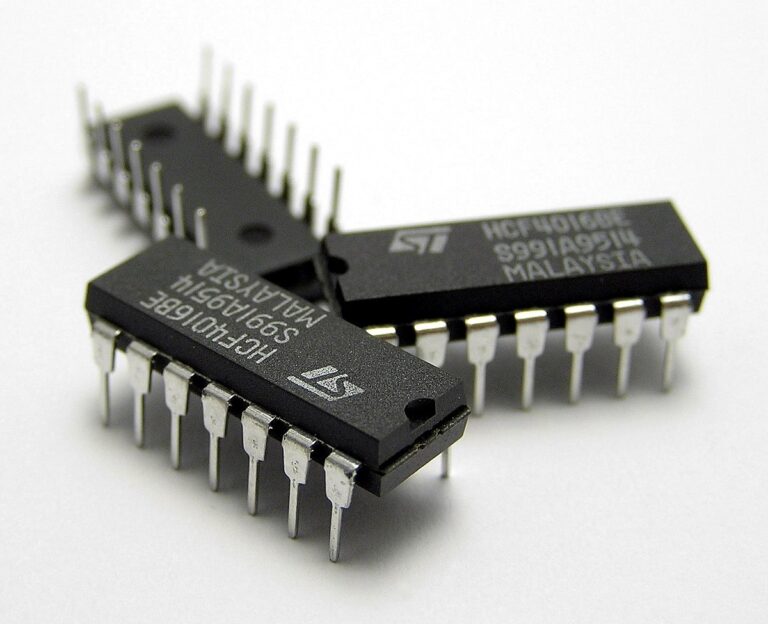
6. Integrated Circuits (ICs)
Integrated circuits are complex assemblies of multiple electronic components (resistors, capacitors, transistors, etc.) that are fabricated onto a single chip. ICs allow for high-performance and miniaturized electronics, enabling the creation of everything from calculators to sophisticated computers and smartphones.
Basic Circuits and How They Work
A circuit is a closed loop of conductive material through which electrical current flows. At its simplest, a basic electronic circuit consists of a power source (such as a battery), conductive pathways (such as wires), and components that control or use the current (such as resistors or LEDs).
Here are some common types of basic circuits:
1. Series Circuit
In a series circuit, components are connected one after another in a single loop. The current flows through each component in the same path, and the total resistance is the sum of the individual resistances. One disadvantage of a series circuit is that if one component fails, the entire circuit will stop working.
2. Parallel Circuit
In a parallel circuit, components are connected alongside each other, providing multiple paths for the current to flow. If one component fails, the other components can still function. The total resistance in a parallel circuit is lower than the resistance of the individual components.
3. Combination Circuit
A combination circuit is a mix of series and parallel circuits. These are often used in more complex electronics, as they offer flexibility in designing circuits with specific properties.
Voltage, Current, and Resistance: Ohm’s Law
To understand how electronic components interact in a circuit, you need to understand three fundamental electrical quantities:
• Voltage (V): The electrical potential difference between two points in a circuit. It’s the “push” that drives current through a circuit.
• Current (I): The flow of electric charge through a conductor, measured in amperes (A).
• Resistance (R): The opposition to the flow of current, measured in ohms (Ω).
These quantities are related through Ohm’s Law, which states that:
V=I×RV = I \times R
This equation shows that the voltage across a component is equal to the current flowing through it multiplied by its resistance. Understanding Ohm’s Law is crucial for designing and troubleshooting circuits, as it helps determine how components will behave under different conditions.
Signals and Frequency in Electronics
In electronics, a signal refers to an electrical quantity that varies with time, such as a voltage or current. Signals can carry information, power devices, or control processes within a circuit. There are two main types of signals in electronics:
• Analog Signals: These signals vary continuously over time. Examples include audio signals, radio waves, or the voltage levels in a microphone. Analog signals are smooth and can carry an infinite range of values.
• Digital Signals: These signals vary in discrete steps, typically represented by two states: high and low (1 and 0). Digital signals are used in most modern electronics, from computers to communication systems, as they are more reliable and easier to process than analog signals.
In addition to understanding the behavior of signals, frequency is an important concept. Frequency refers to the number of times a signal oscillates per second, measured in hertz (Hz). High-frequency signals are used in radio communications, while low-frequency signals are used in power distribution.
Basic Tools for Electronics
To get started with electronics, you’ll need a few basic tools:
• Multimeter: A device that can measure voltage, current, and resistance, helping you test and troubleshoot circuits.
• Soldering Iron: Used to permanently join components together in a circuit.
• Breadboard: A tool for creating temporary circuits without soldering, ideal for experimentation.
• Wire Strippers: To remove insulation from wires and make electrical connections.
Conclusion
Understanding basic electronics provides the foundation for working with all kinds of devices and systems that power modern technology. Whether you're building a simple circuit for a hobby project or aiming for a career in electrical engineering, mastering concepts like voltage, current, resistance, and key components like resistors, capacitors, and transistors is essential.
As you continue learning about electronics, you'll be able to build more complex circuits, troubleshoot problems, and innovate in various fields like consumer electronics, telecommunications, robotics, and more. The world of electronics is vast, but with a solid understanding of the basics, you'll be well on your way to exploring its exciting possibilities.




